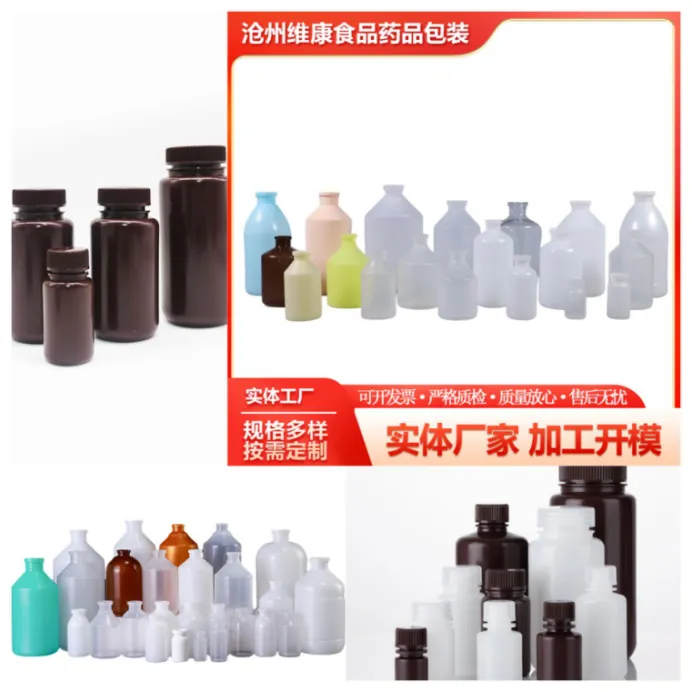Understanding the Importance of Dropper Size in Accurate Liquid Measurement and Dispensing Techniques
Understanding Dropper Sizes in Milliliters A Comprehensive Guide
When it comes to precise measurements in the world of liquids, the importance of dropper sizes cannot be overstated. Whether you're a scientist conducting experiments, a pharmacist preparing prescriptions, or simply a DIY enthusiast mixing essential oils, understanding dropper sizes in milliliters (ml) is essential for achieving accurate dosages.
What is a Dropper?
A dropper, commonly used in laboratories and pharmaceuticals, is a simple yet effective tool designed to deliver liquids in controlled amounts. Typically made of glass or plastic, a dropper consists of a bulb on one end and a narrow tube on the other. When you squeeze the bulb and then release it, the dropper sucks up the liquid, allowing for the dispensing of small, precise volumes.
Common Dropper Sizes
Droppers come in various sizes, typically categorized by the total volume they can hold. The most common dropper sizes include 1 ml, 3 ml, and 5 ml. However, it's essential to remember that the actual volume delivered per drop can vary. On average, one milliliter of liquid is approximately equal to 20 drops, but this can change based on the viscosity of the liquid and the design of the dropper.
1. 1 ml Droppers These are ideal for applications requiring very small doses, such as administering certain medications or mixing small amounts of essential oils. The precision offered by 1 ml droppers makes them a favorite among healthcare professionals and hobbyists alike.
dropper size ml

2. 3 ml Droppers A versatile choice, 3 ml droppers are commonly used in both medical and culinary applications. They strike a balance between capacity and precision, making them suitable for various tasks, from dosing liquids to measuring out ingredients in recipes.
3. 5 ml Droppers Often used in laboratories and pharmacies for larger volumes, 5 ml droppers offer a more substantial amount of liquid delivery. They are particularly useful in settings where precision is still needed, but the volumes exceed that of smaller droppers.
The Importance of Dropper Calibration
It's crucial to note that not all droppers are created equal. The amount delivered per drop can vary significantly depending on the dropper's design and the liquid's characteristics. Consequently, calibrating your dropper is vital to ensure accurate dosing.
For instance, a thicker liquid may produce larger drops, meaning fewer drops are needed to reach a specific volume compared to a thinner liquid. When precision is crucial—such as in pharmaceutical settings—calibration can prevent potential errors that could have serious repercussions.
Conclusion
In conclusion, understanding dropper sizes in milliliters is crucial for anyone working with liquids, whether in a professional environment or at home. The selection of dropper size directly impacts the accuracy of liquid measurements, influencing the outcomes of experiments, medications, and more. Always keep in mind that calibration is necessary to ensure that you are delivering the intended volume. Ultimately, the right dropper paired with careful measurement techniques can make all the difference in achieving successful results in your projects.
-
Aesthetic Makeup Spray Bottles | Fine Mist Empty RefillableNewsAug.19,2025
-
White Plastic Veterinary Vaccine Vials | Lab Liquid BottlesNewsAug.18,2025
-
Plastic Medicine Liquid Bottle: Secure Flip Top Drug VialsNewsAug.17,2025
-
Durable 250ml Blue Plastic Vaccine Vial for Lab & Vet UseNewsAug.16,2025
-
Sterile Virus Sample Tubes: Secure & Reliable Specimen CollectionNewsAug.15,2025
-
White 250ml Plastic Vaccine Vial for Lab & Vet MedicineNewsAug.14,2025
























